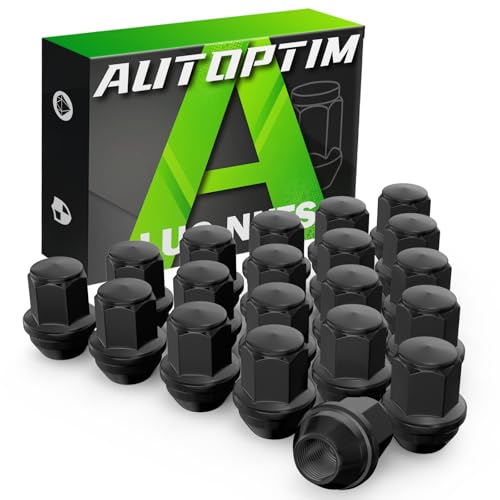Marks1 beat me to the punch. Kudos Marks1! Pretty much any time I see someone asking or chatting about going from drum to disc brakes I get on the soap box and make it clear that a person absolutely must make certain the Residual Pressure Check Valve (RPCV) for the front brake caliper hydraulic output port that was there for the old brake drum system is removed (for the front brakes only, you want it there for the rear drum brakes still). Better yet, get the proper Master Cylinder designed for use with front disc/rear drum brakes, and verify there is no RPCV is in the front disc fluid outlet, as there is likely at least a Master Cylinder bore diameter difference, and perhaps a reservoir capacity difference as well..
The only thing I think Marks1 and I may end up chatting about is the use of a power booster with a disc brake system. The drum brake in 60s and later (and some earlier) brake systems are "self-actuated," not the same as "self-activated." In short, when the brakes are applied in a drum brake system, the anchor pin where the brake shoes press against at the top of the brake assembly, keeps the secondary lining and show assembly from rotating when the primary shoe and lining assembly are pushed toward the drum via the wheel cylinder having pressure applied. As the primary shoe is pressed out into the drum, the secondary shoe and lining assembly is jammed into the drum, and remains jammed because the anchor pin is immovable. With a disc brake system there is no self-actuation process. The disc braking action depends on hydraulic pressure pressing the brake pads against the rotor, and the tighter the pads are squeezed the greater the braking action (to a limit, of course). There is nothing to self-actualize. So, in order to get the kind of squeezing pressure needed on the disc brake pads to really stop hard, a lot of force needs to be applied. Hence, why I feel it is better to have a brake booster whenever a person has disc brakes.
That said, I did have a car once that had unboosted front disc brakes, from the factory. I think it was my very bare bones 1969 Mach 1, in fact I am pretty sure that was the car with no brake booster and front disc brakes. It worked, but I could tell whenever I drove it that the disc brakes took some significant exertion to really slow the car down as opposed to other 69-70 Mustangs I would drive at times, where they had power disc brakes. I get that the booster is not "necessary," so this is not me saying Marks1 is not correct,. It is just me saying I far prefer a brake booster with disc brakes. It makes things so much nicer.
























































